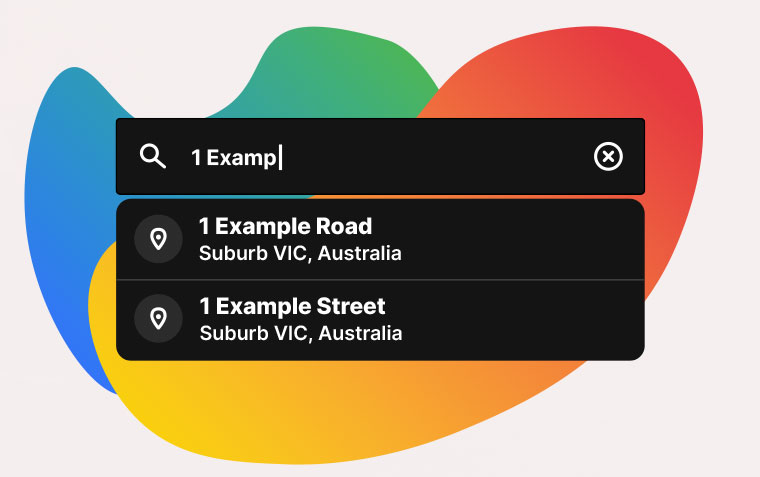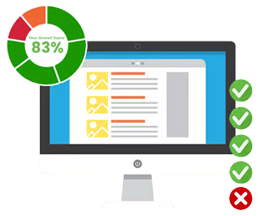A Guide to Common Abbreviations in eCommerce

If you’re new to the world of eCommerce, the sheer volume of industry jargon and abbreviations can feel overwhelming. From KPIs to CRO, these abbreviations are used every day by professionals in eCommerce and marketing. Understanding them is essential for anyone working or investing in the online retail space.
To help you navigate this landscape, we’ve put together a guide to 15 of the most common eCommerce abbreviations and what they mean.
Business & Retail Based Abbreviations
1. B2B / B2C
B2B (Business-to-Business) — Transactions between businesses, such as a wholesaler selling to a retailer.
B2C (Business-to-Consumer) — Transactions where a business sells directly to individual customers.
2. AOV
Average Order Value — A metric that calculates the average total of each order placed with your business. It’s an important indicator of customer spending habits.
3. KPI
Key Performance Indicator — Measurable values used to track progress towards specific business goals, such as sales growth or customer retention.
4. ERP
Enterprise Resource Planning — A system that integrates various functions of a business, like inventory, order management, accounting, and customer relations.
5. SKU
Stock Keeping Unit — A unique identifier for each product or service that can be purchased. SKUs help with inventory management and sales tracking.
6. RRP
Recommended Retail Price — The price that a manufacturer or wholesaler suggests a retailer should sell a product for. It's often used as a benchmark for pricing and discount strategies.
Online Marketing Abbreviations
7. SEO
Search Engine Optimisation — The process of optimising your website content to rank higher in search engine results, thereby increasing organic (non-paid) traffic.
8. PPC
Pay-Per-Click — An online advertising model where advertisers pay each time a user clicks on one of their ads. Google Ads is a common PPC platform.
9. CRO
Conversion Rate Optimisation — Techniques used to increase the percentage of website visitors who complete a desired action, such as making a purchase or signing up for a newsletter.
10. ROAS
Return on Ad Spend — A marketing metric that measures the revenue generated for every dollar spent on advertising.
11. CRM
Customer Relationship Management — Software used to manage a company's interactions with current and potential customers. CRMs help improve customer service and sales.
General Website Abbreviations
12. UX / UI
UX (User Experience) — The overall experience a user has when interacting with your website or product.
UI (User Interface) — The visual and interactive elements of a website or app, such as buttons, menus, and layouts.
13. CTA
Call to Action — A prompt on a website or ad that encourages users to take a specific action, like “Buy Now” or “Subscribe Today”.
14. CMS
Content Management System — A software platform used to create, manage, and modify digital content on websites. Examples include WebGUI, WordPress, and Shopify.
15. SaaS
Software as a Service — A software distribution model in which applications are hosted by a service provider and accessed via the internet (e.g., Shopify, BigCommerce).
*****
Familiarity with these abbreviations will give you a solid foundation in the language of eCommerce and online marketing. Whether you're managing a growing online shop, planning a digital marketing strategy, or just looking to understand industry reports, this knowledge will help you stay ahead in a fast-paced digital world.







